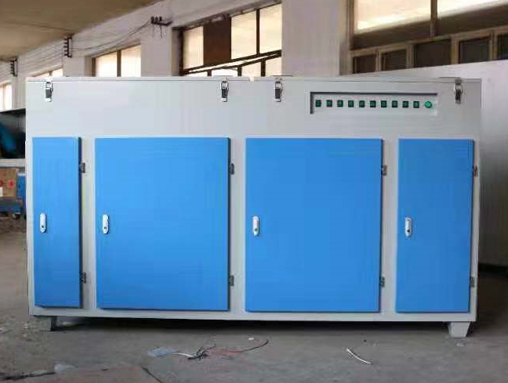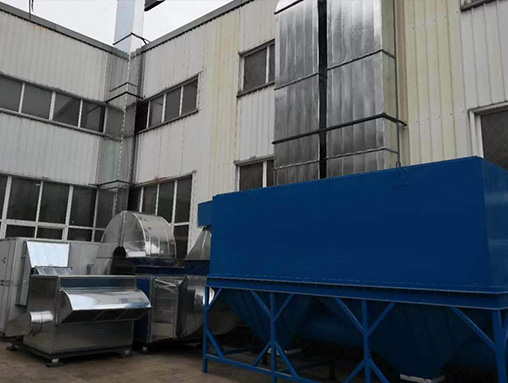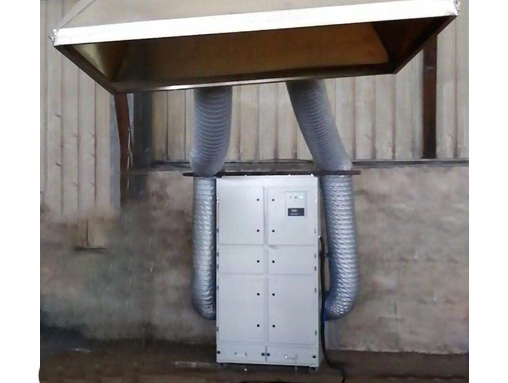Analysis of the Development and Characteristics of China's Automotive Industry f
1、 The overall scale of China's automobile industry
In 2002, China's automobile industry produced a total of 3.25 million vehicles throughout the year, an increase of 38% compared to the same period last year; Sales of 3.248 million cars increased by 37.1% compared to the same period last year. Among them, the production and sales of sedans both exceeded one million units, reaching 1.09 million units and 1.126 million units respectively, an increase of 55% and 56% compared to 2001. The growth of commercial vehicles is also considerable. The economic benefits of the automobile industry have significantly improved, with an industrial added value of 151.5 billion yuan, a year-on-year increase of 28.7%; Completed sales revenue of 646.5 billion yuan, a year-on-year increase of 30.8%; The total profit was 43.1 billion yuan, a year-on-year increase of 60%. Automobile consumption became the main driving force for economic growth in 2002.
From the perspective of China's automobile industry output, it has already ranked fifth in the world and may enter fourth place in 2004. Among them, the production of sedans ranks 8th in the world. However, it should also be noted that the production scale of the world's fifth place is far behind that of the world's first and second places. In 2001, Japan ranked first in the world with a car production of 11.42 million units, while Japan ranked second with a car production of 9.77 million units. It should be pointed out that in 2002, the production of cars assembled by CKD and SKD in China's automotive industry increased.
The braking performance of a car is one of its important features, and users are increasingly valuing the subjective evaluation of braking performance, especially the feeling of the brake pedal. Car pedal bracket; The feeling is usually described as the relationship between pedal travel, pedal force, and braking deceleration. For example, "soft" and "ineffective" braking correspond to small pedal force, long pedal travel, and weak deceleration ability. Its superiority lies in the easy control of braking force during medium and low-speed driving, while its disadvantage lies in the need for large braking force and long pedal travel during emergency braking. Braking 'hard' and 'spiritual' are exactly the opposite.
2、 Analysis of Factors Affecting Pedal Characteristics
There are many factors that affect the characteristics of the brake pedal, including the diameter of the master cylinder and wheel cylinder, the assist ratio of the vacuum booster, and the internal clearance of the brake system.
1. The Influence of Rubber Reaction Disk Stiffness
The rubber reaction plate is the core component of the vacuum booster that generates assistance, and its stiffness value is closely related to the pedal characteristics. Considering that the rubber reaction plate is a flexible material with an incompressible volume, it can be simplified into a hydraulic cylinder, and the stiffness of the rubber reaction plate can be simulated by the spring stiffness in the hydraulic cylinder. The rubber reaction plate has variable stiffness and cannot directly set the spring stiffness to a value.
2. The influence of brake hose deformation
When the brake pressure is transmitted from the master cylinder to the wheel cylinder, it passes through the brake hose. Due to temperature and pressure changes, the brake hose will undergo varying degrees of deformation during the vehicle braking process. This deformation will directly affect the flow rate and velocity of the brake fluid, thereby affecting the characteristics of the brake pedal.
3、 The technological level of China's automobile industry
The level and experience of commercial vehicle capabilities in China's automotive industry have a gap of 5-10 years compared to the world level. On the basis of product serialization, Chinese automotive industry enterprises can already launch a large number of new products every year. Taking Dongfeng Motor Corporation as an example, 1215 new product applications were completed from 2000 to 2001. Chinese automobile industry enterprises are already capable of designing certain sedan bodies, but they do not yet have mature and comprehensive sedan capabilities. The main responsibility of China's major car manufacturers in new products is to localize the models of multinational companies, which has enabled them to upgrade and improve certain products, and participate in certain joint designs. Due to the lack of complete car autonomy, China's major car products do not have their own intellectual property rights.
In terms of technology for automotive components, Chinese automotive industry enterprises have considerable capabilities in certain low - and medium value added products; Has the ability in the technology of key automotive components, but there is a significant gap compared to the level. Many key components are simply replicas of foreign products. Taking automotive engines as an example, the emissions of engines produced by Chinese automotive parts companies can only meet Euro 2 standards, while developed ones already meet Euro 4 standards. The engines mass-produced by Chinese automotive parts companies are only equivalent to the level of the 1990s. In 2001, there were 246087 various types of car engines in China, exceeding the number of cars.
It should be pointed out that in terms of the development of fuel cell vehicles, the core technology that determines the competition in the automotive industry in the 21st century, from the perspective of supporting research, China's automotive industry is almost at the same level as developed automotive industries. If we can grasp the competitive path at the industrialization level, China's automotive industry may achieve breakthroughs in engine development.







